citrus in northern arizona
abuelitojd
11 years ago
Related Stories

GARDENING GUIDESHow to Keep Your Citrus Trees Well Fed and Healthy
Ripe for some citrus fertilizer know-how? This mini guide will help your lemon, orange and grapefruit trees flourish
Full Story
GARDENING AND LANDSCAPINGCitrus 101: Start Your Own Backyard Orchard
This Earth Day Weekend, Add Some Green, Style and Deliciousness to Your Landscape
Full Story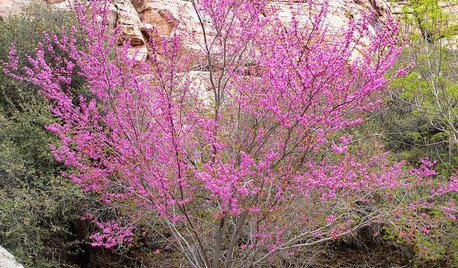
GARDENING GUIDES10 Top Native Plants for Northern California Gardens
Enjoy a fuss-free, water-wise garden by growing plants naturally in tune with the climate and wildlife of Northern California
Full Story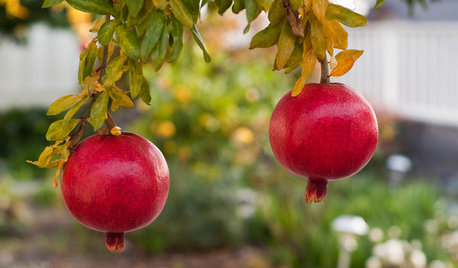
GARDENING GUIDESNorthern California Gardener's October Checklist
It's still a great time to plant flowers, vegetables and even bulbs in California gardens this month, thanks to predictably mild weather
Full Story
GARDENING GUIDESBackyard Birds: Northern Cardinals in the Snow, and Other Red Birds
Brilliant crimson feathers make these friends stand out in a crowd
Full Story
HOUZZ TOURSHouzz Tour: Quirky Vintage Home in Phoenix
A redbrick facade, vintage finds and a warm and earthy color palette create a relaxed home for a family of four in Arizona
Full Story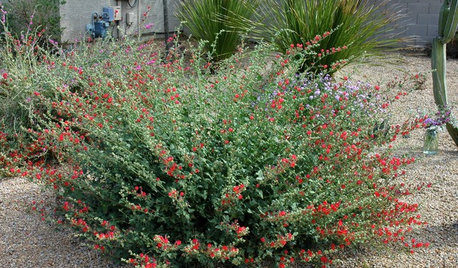
GARDENING GUIDESSouthwest Gardener's February Checklist
Orange you glad for a citrus-fertilizing reminder? And don't forget the recommended doses of vegetable seeds and cold-hardy flowers
Full Story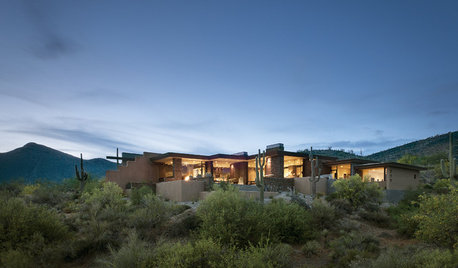
HOUZZ TOURSHouzz Tour: A Desert Stunner Highlights Nature
Careful siting of this contemporary Arizona home keeps sublime views, wildlife and outdoor living at the forefront
Full Story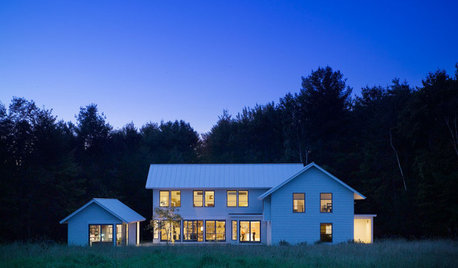
HOUZZ TOURSHouzz Tour: Contemporary Farmhouse in Rural Vermont
Modern furnishings, bright and airy spaces and pared-down interiors make up a family's home in northern Vermont
Full Story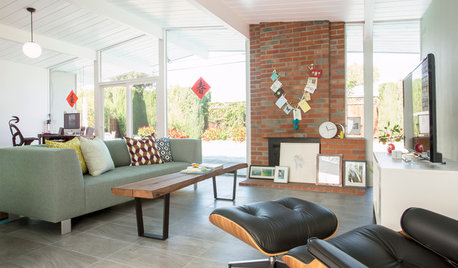
HOUZZ TOURSMy Houzz: Family Renovates a 1963 Eichler to Make It Their Own
A Northern California couple expecting their first child move quickly to freshen up their new midcentury modern home
Full Story







fabaceae_native
AJBB
Related Professionals
Edmond Landscape Architects & Landscape Designers · Elwood Landscape Architects & Landscape Designers · Mount Wilson Landscape Architects & Landscape Designers · Cedar Hill Landscape Contractors · Essex Landscape Contractors · Gainesville Landscape Contractors · Lebanon Landscape Contractors · McLean Landscape Contractors · Richmond Landscape Contractors · Saint Paul Landscape Contractors · Salem Landscape Contractors · Salem Landscape Contractors · Sammamish Landscape Contractors · Seymour Landscape Contractors · Wallingford Landscape Contractorsfabaceae_native
hoosierquilt USDA 10A Sunset 23 Vista CA
AJBB
campv 8b AZ
hoosierquilt USDA 10A Sunset 23 Vista CA
hoosierquilt USDA 10A Sunset 23 Vista CA
fabaceae_native
franktank232
fruitnut Z7 4500ft SW TX
fabaceae_native